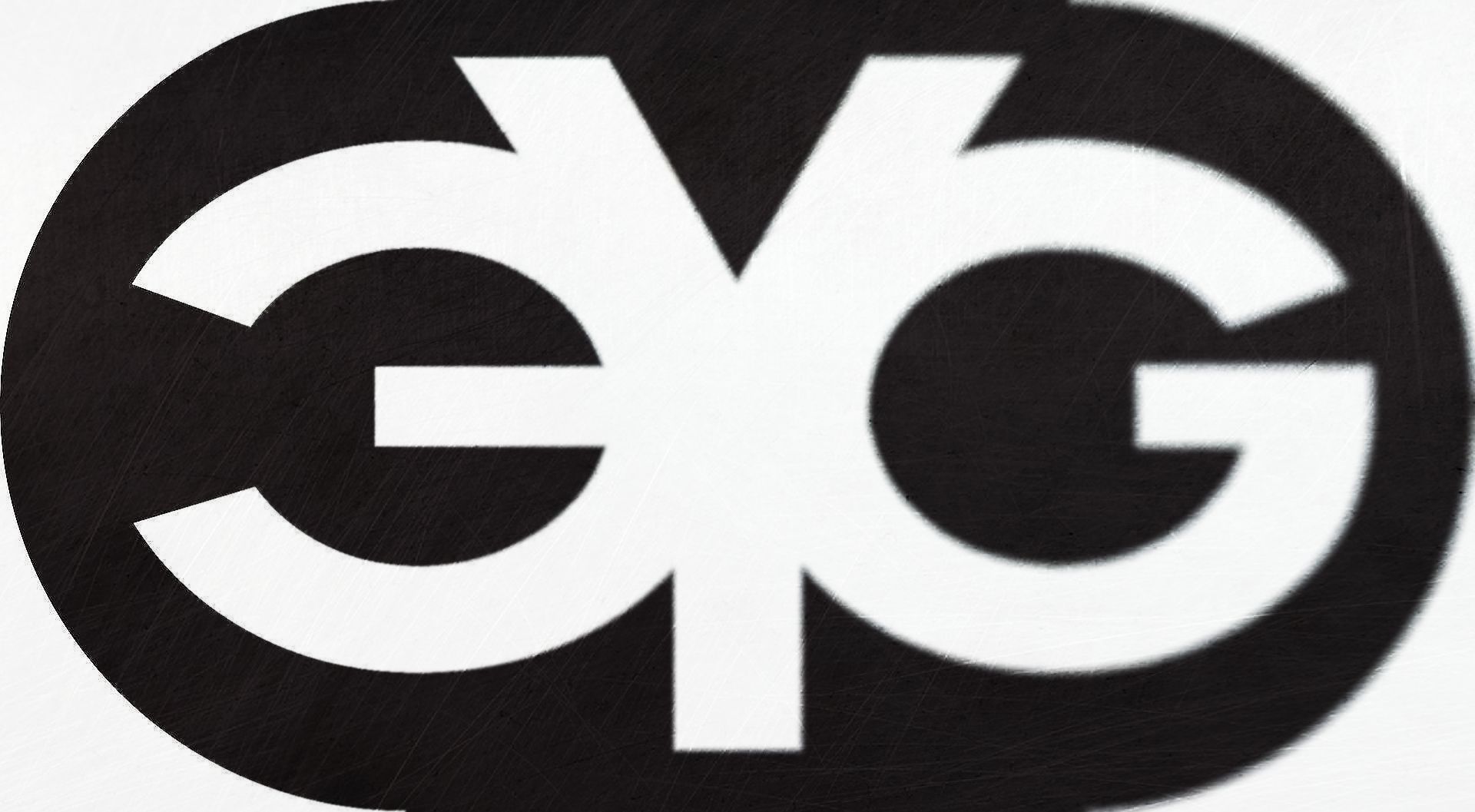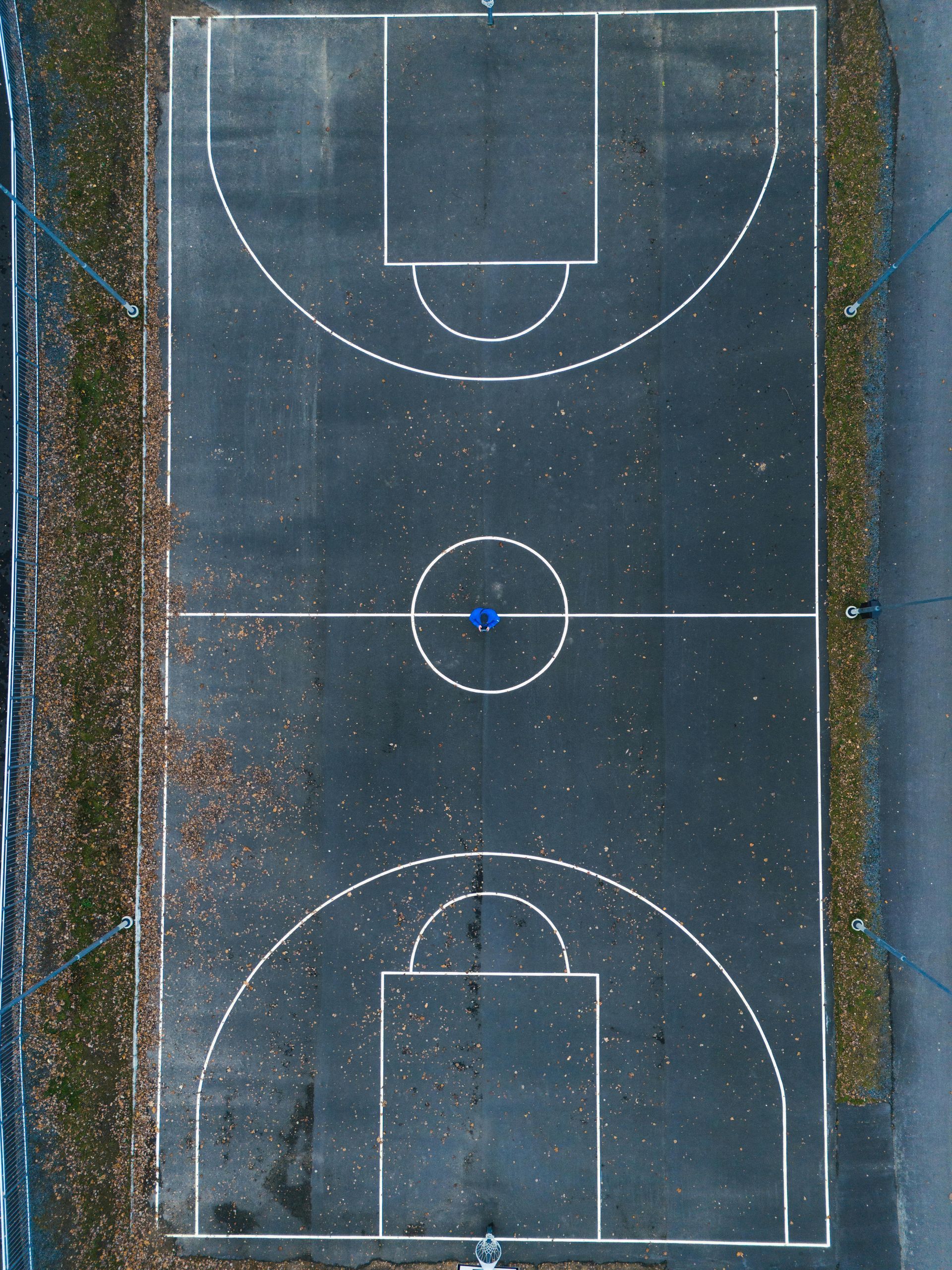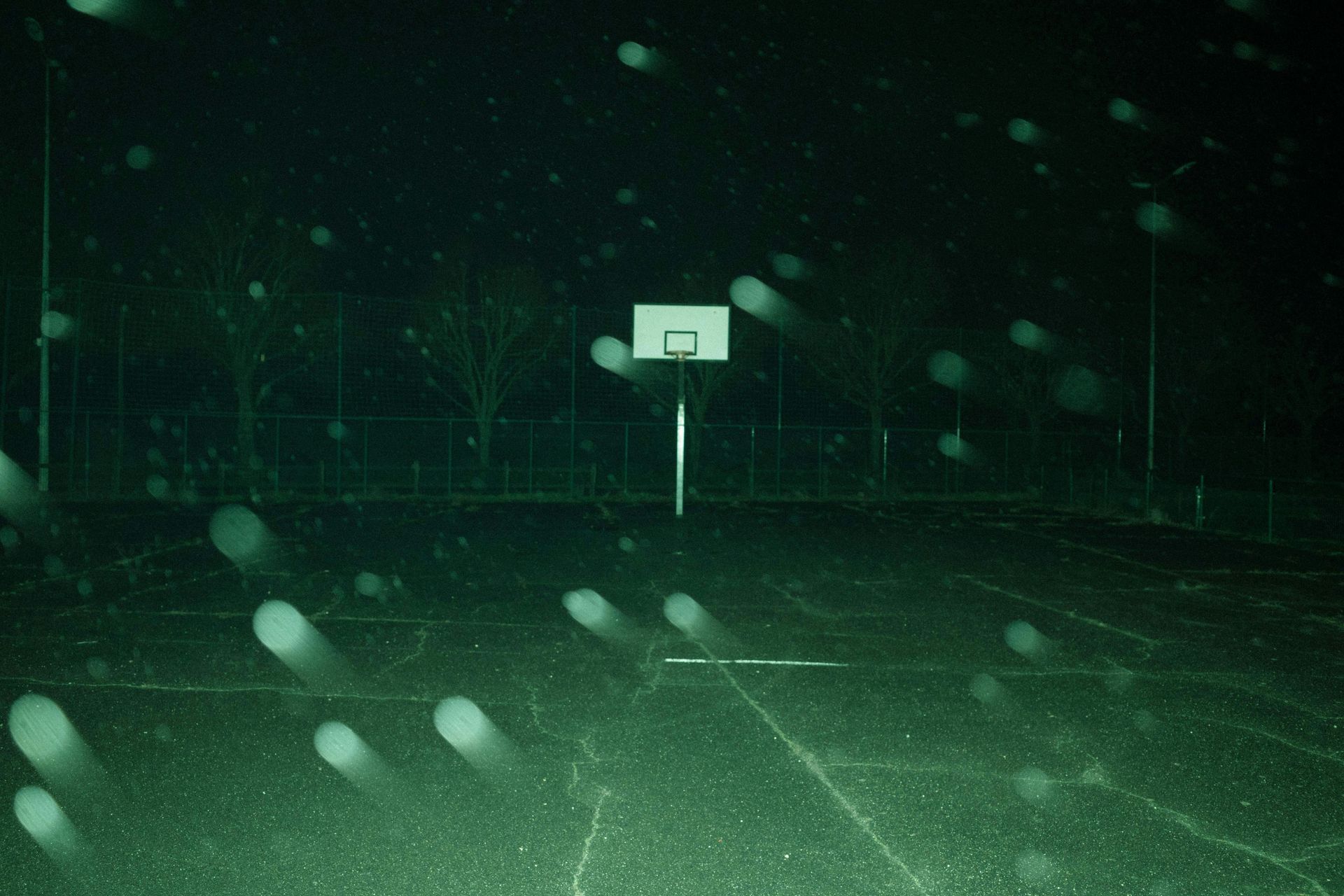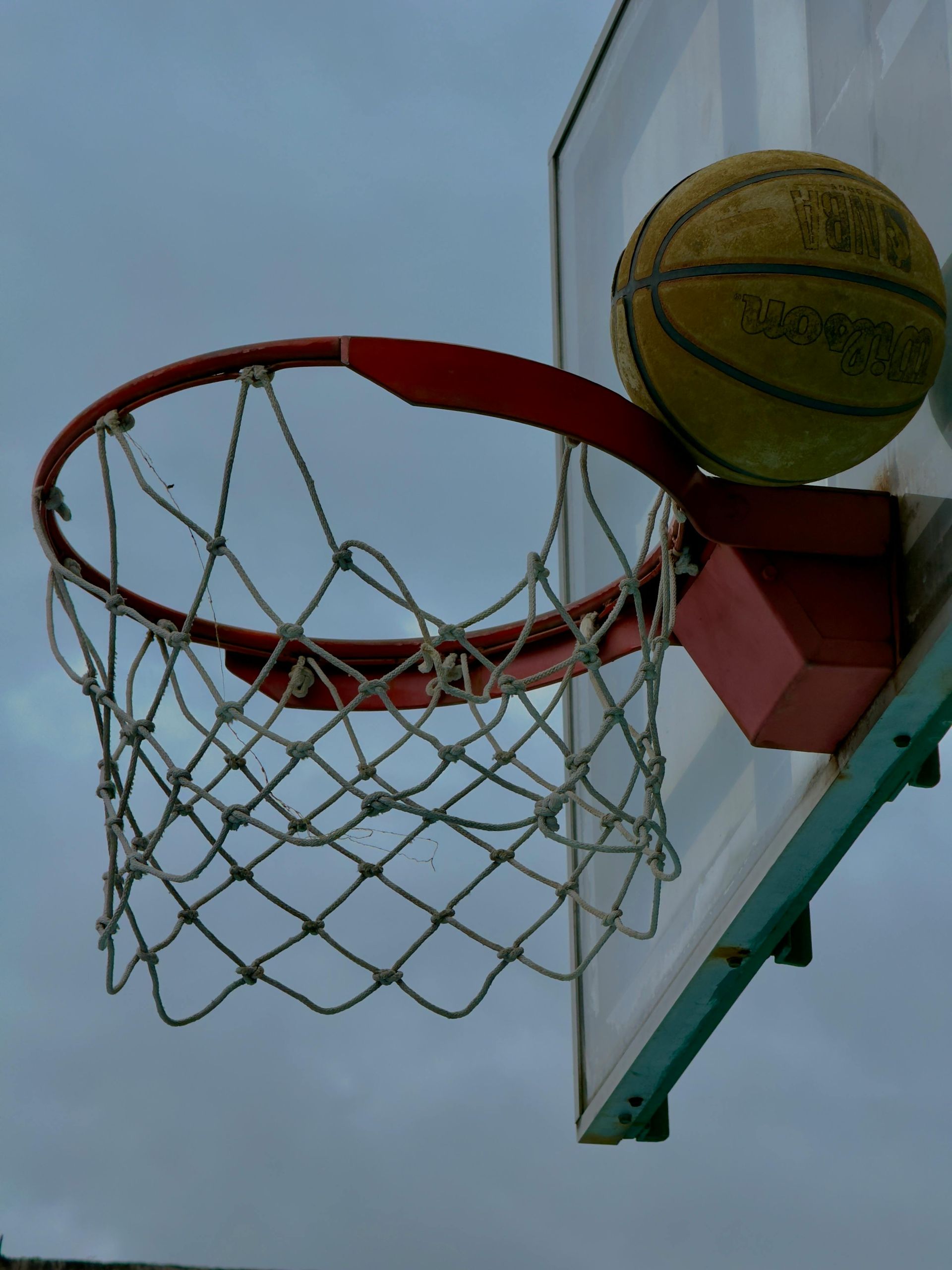Galen Harkness • May 5, 2025
How to Get Lucky in Basketball
Every player wants to be the one who gets the break.

Every player wants to be the one who gets the break.
More playing time.
More points.
More attention from coaches.
More wins.
And when it happens, people say, “That kid got lucky.”
But here’s the truth no one talks about:
Luck is rarely random.
Most of the time, it’s math.
What Looks Like Luck...
…is really just a byproduct of effort.
The player who “got lucky” and made the team?
They were in the gym three days a week for months.
The girl who “got lucky” and hit the game-winner?
She practiced that same shot hundreds of times alone in the gym.
The kid who “got lucky” and got noticed by a scout?
He showed up early, stayed late, and played hard every game.
The players who look lucky are usually just the ones who put in more reps.
Luck = Opportunities × Reps
The more you train, the more games you play, the more people you meet…
…the more chances you create to be in the right place at the right time.
If you want to get luckier in basketball, you don’t need to hope.
You need to take more shots—on and off the court.
5 Ways to Create Your Own Basketball Luck
1. Train More
Put in consistent, focused work.
Ball-handling. Shooting. Footwork. Finishing.
Do it for months. Do it when no one is watching.
Reps compound.
2. Play More
Pickup. Open gym. 1v1. 3v3.
Every possession teaches you something.
Playing more = learning faster.
3. Watch More Film
Study yourself. Study pros.
Steal footwork. Learn how great players read the game.
Film is a cheat code. Use it.
4. Meet More People
Coaches. Trainers. Mentors.
Your next opportunity might come from someone who sees you working hard.
Character creates connection.
5. Help More Teammates
Set screens. Make the extra pass. Talk on defense.
Be the player that makes others better.
Coaches never forget those players.
The Compound Effect of Showing Up
Every time you show up…
…while others skip workouts,
…while others quit early,
…while others wait to be noticed…
You increase your chances.
You’re stacking the math in your favor.
Effort. Reps. Patience. That’s the formula.
The Bottom Line
Most “lucky” players just took more shots.
They trained more.
They played more.
They showed up longer.
They failed more.
And because of that, opportunities found them.
So train. Compete. Connect. Serve.
Not once. Not for a week. But over and over again.
Because luck?
It’s just a matter of showing up more often than everyone else.
Start stacking your reps.
Start creating your own luck.
Start today.
Whenever you are ready, there a 3 ways EYG Basketball can help you:
1. Committed Skills Academy:
This program is the most affordable, flexible, and valueable for players to join. Players can train up to 2 times per week for extra work on their ballhandling, shooting, finishing, and playmaking. These 90 minute workouts are focused on helping players improve and elevate their individual skills.
2. EYG Basketball Camps: EYG offers basketball camps all summer long at the Blue Sport Stable, Northglenn Recreation center, and Ward Hardwood Hoops Facility in Longmont. Check out the home page with a full listing of Summer 2025 camps and academies. For recreational to competitive basketball players.
3. Training Memberships. These require a minimum of 3 month commitment and are for hardworking, dedicated, and serious basketball players wanting to put in extra work. These will challenge and push basketball players to get out of their comfort zone to reach new heights as a player. Players are wanting to put in extra work. They are wanting to be coached. They are good players, yet humble enough to know they need to keep getting better.
